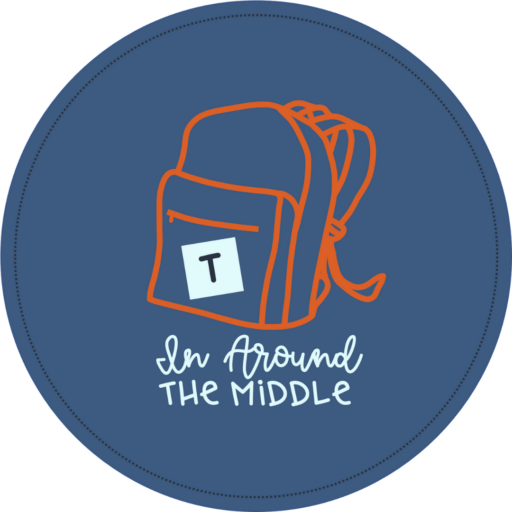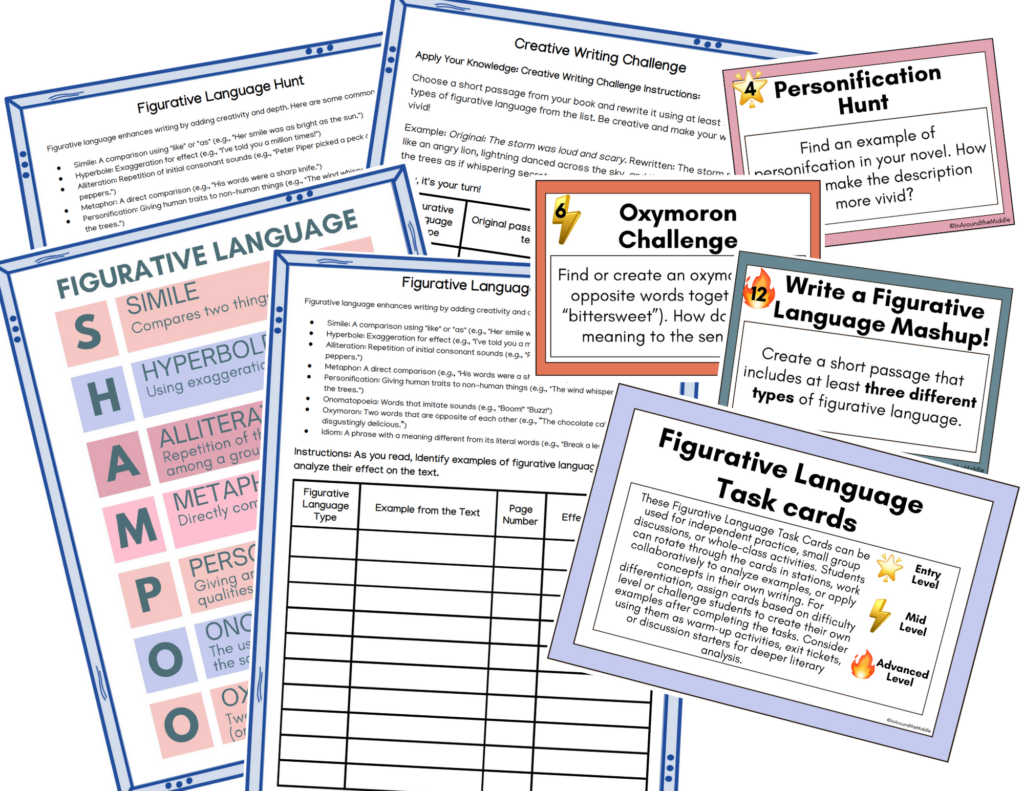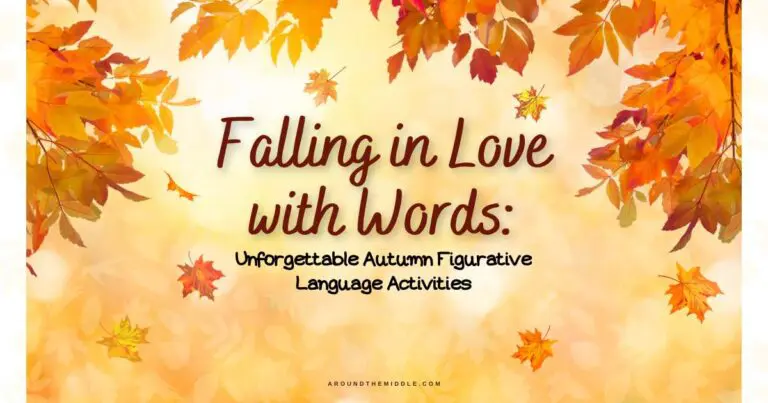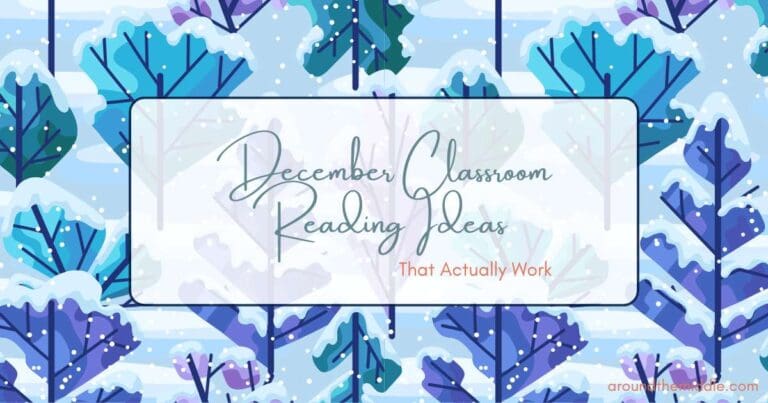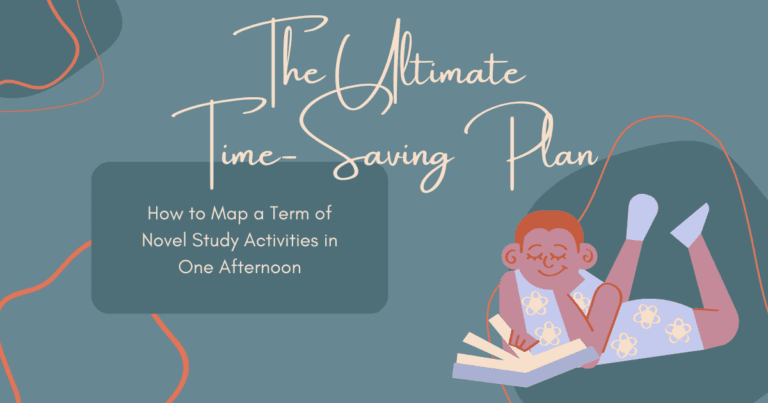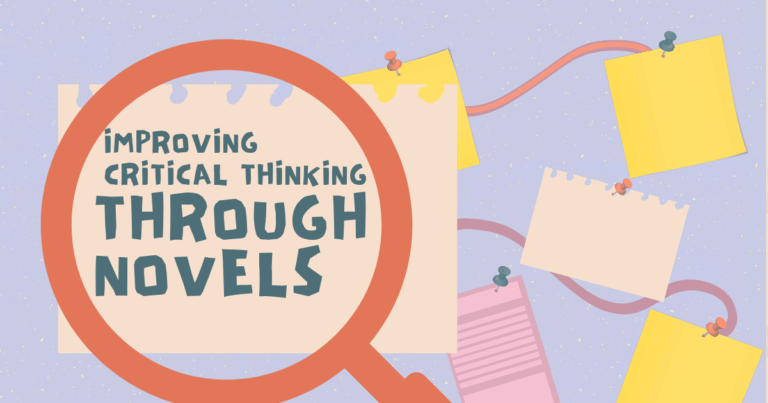Exciting Autumn Classroom Activities to Energize Class Novels
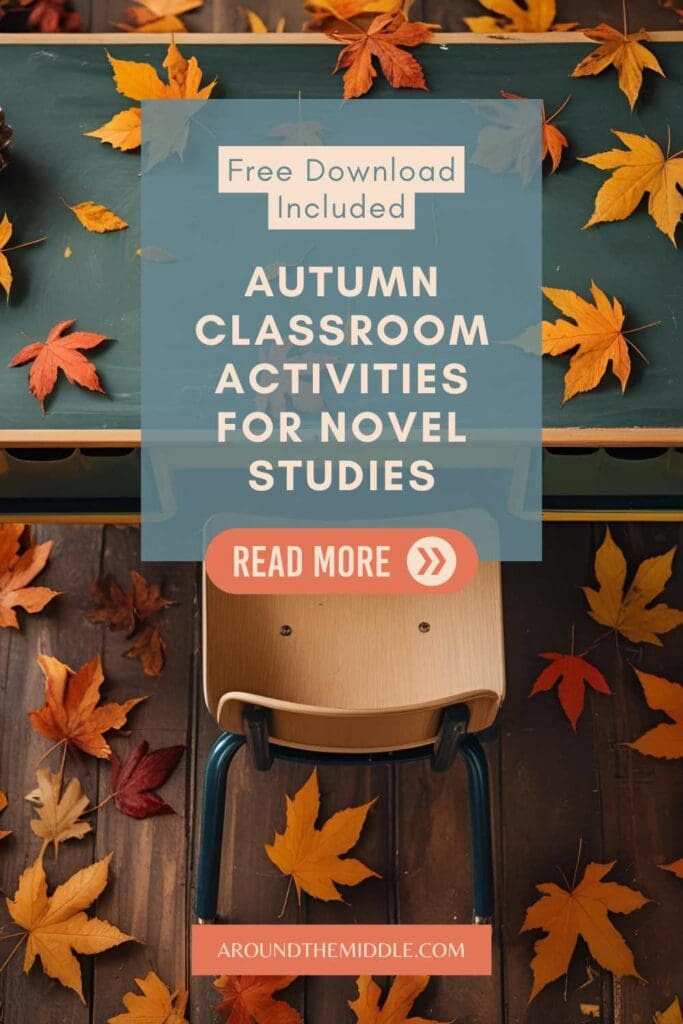
Autumn is one of the richest seasons for storytelling. The crisp air, changing leaves, and darker evenings naturally create atmosphere, making it a perfect time to dive deep into literature. In the ELA classroom, seasonal hooks aren’t just fun; with the right autumn classroom activities, they give students a fresh lens for understanding themes, characters, and settings.
In this post, you’ll find autumn classroom activities designed for novel studies in grades 3–8, plus suggested titles that naturally align with the themes of the season.

Why Seasonal Themes Work in ELA
Boosting Student Buy-In with autumn classroom activities

When students can connect the world of a novel to what’s happening outside their own classroom window, engagement increases. Autumn offers strong sensory and emotional cues that make texts come alive.
Building Context and Atmosphere for Reading
Seasonal activities can mirror the tone or setting of a book, helping students visualise scenes and understand mood.
Encouraging Creative Interpretation of Texts
Autumn’s associations — change, mystery, harvest, endings — can serve as a thematic bridge between literature and student thinking.
Seasonal activities also build strong connections between students. For more on creating this sense of belonging, read about my back-to-school novel studies that inspire classroom community.
Autumn-Themed Activities for Any Novel
If you’re launching a new unit this season, these autumn twists pair well with week-one novel study activities that hook students right away.
Creative Writing Hooks
- From the Novel’s World to Autumn: Ask students to write an alternate chapter where the main character experiences an autumn festival, apple orchard visit, or camping trip.
- Point of View Twist: Retell a key scene from the perspective of a falling leaf, a pumpkin on a porch, or a mysterious figure in the background.
Best Novel Fits:
- Charlotte’s Web (E.B. White) – rural setting and changing seasons offer easy autumn tie-ins.
- Because of Winn-Dixie (Kate DiCamillo) – warm, community-focused themes work beautifully with harvest and festival imagery.
Seasonal Figurative Language Hunt
Have students find similes, metaphors, and imagery in the text that could be connected to autumn’s sights, sounds, and feelings. Then, challenge them to rewrite a paragraph from the novel with a stronger seasonal tone.
Best Novel Fits:

- Anne of Green Gables (L.M. Montgomery) – descriptive passages make for great figurative language analysis.
- The Penderwicks (Jeanne Birdsall) – rich description and nature-focused writing.
My TPT store also has ready-to-go, no-prep figurative language scavenger hunts for class novels.
Autumn Symbolism Discussion
Guide students in exploring how autumn’s themes of change, maturity, or endings could relate to the novel’s events or character arcs.
Best Novel Fits:
- Bridge to Terabithia (Katherine Paterson) – themes of growth and change.
- Wonder (R.J. Palacio) – new beginnings and acceptance tied to school-year cycles.
If you’re still deciding which texts best fit the season, these novel study ideas for mid-year can help you choose books that support deeper thinking.
Halloween and Mystery Activities for ELA (School-Safe)
Missing Chapter Mystery
Students write a suspense scene where the characters encounter an unexplained event on Halloween night — all consistent with the book’s tone and style.
Character Costume Challenge
Students choose what costume their character would wear to a Halloween event, providing textual evidence for their choice.
Novel Escape Room
Create a logic puzzle or scavenger hunt with clues drawn from the novel’s plot, setting, and vocabulary. If you’re finishing up your novel and want something ready-to-go, try one of my no-prep novel escape rooms.
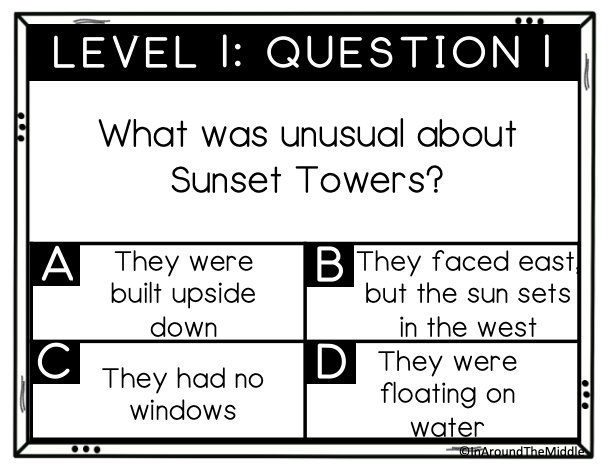
Best Novel Fits:
- The Witches (Roald Dahl) – mischievous and imaginative.
- The Westing Game (Ellen Raskin) – mystery elements and puzzle-solving.
- Coraline (Neil Gaiman) – eerie but school-appropriate.
- Bunnicula (James Howe) – A humorous, slightly spooky mystery about a “vampire rabbit” that drains vegetables. Perfect for Halloween-season activities without being too scary for younger readers.
Looking for a way to make autumn classroom activities more engaging? Seasonal novels like Bunnicula and The Westing Game are full of figurative language students can unpack. To help, I’ve created a free figurative language activity you can download below.
Discussion and Debate with a Seasonal Twist
Autumn-Themed Debate Prompts
- “Would your main character survive a night alone in the woods in autumn?”
- “Should the main character have faced their fears earlier in the story?”
- Novel-specific debate prompts that challenge students thinking

Would You Rather…
Create seasonal “Would you rather…” questions tied to the novel’s characters.
Example: “Would you rather spend the night in the novel’s setting during a storm in autumn, or have to walk home through a spooky forest after dark?”
Cross-Curricular Connections
Poetry Pairings
Pair your novel with seasonal poems like “Nothing Gold Can Stay” (Robert Frost) or “To Autumn” (John Keats) and compare imagery and tone.
Historical or Cultural Links
If your novel is historical, research autumn traditions relevant to its time and place — harvest feasts, seasonal markets, or folklore.
10 Quick Autumn ELA Activities You Can Use Tomorrow
Want to fit these ideas seamlessly into your term plan? Here’s how I map a term of novel study activities in just one afternoon — with room for seasonal hooks.
- Host a “reading picnic” outside under the autumn sun.
- Create a leaf-shaped “quote wall” with meaningful lines from the novel.
- Write an acrostic poem about a character using autumn vocabulary.
- Turn a key chapter into a comic strip with a fall backdrop.
- Write a diary entry for a character on Halloween night.
- Compose a haiku inspired by the novel’s setting in autumn.
- Compare a scene from the novel to an autumn painting or photograph.
- Write a “newspaper article” covering a seasonal event in the novel’s world.
- Create blackout poetry from a photocopied page using seasonal words.
- Map the novel’s setting and overlay autumn changes.
Keep the Seasonal Engagement Going
Seasonal activities don’t have to end with October. Carry autumn ELA hooks into November with gratitude journals, harvest-themed projects, and literature connections to change, reflection, and preparation for the next chapter.
Final Thoughts & Free Resource
Bringing seasonal energy into your ELA lessons helps students make deeper, more personal connections to the novels they’re reading. Whether it’s a quick autumn writing prompt or a full Halloween-themed mystery activity, these autumn classroom activities will keep your novel studies fresh, relevant, and engaging.
As you plan your autumn classroom activities, remember that even small touches — seasonal hooks, high-interest novels, and creative figurative language lessons — can boost engagement. Don’t forget to grab your free figurative language resource to get started today.
Happy Teaching!
